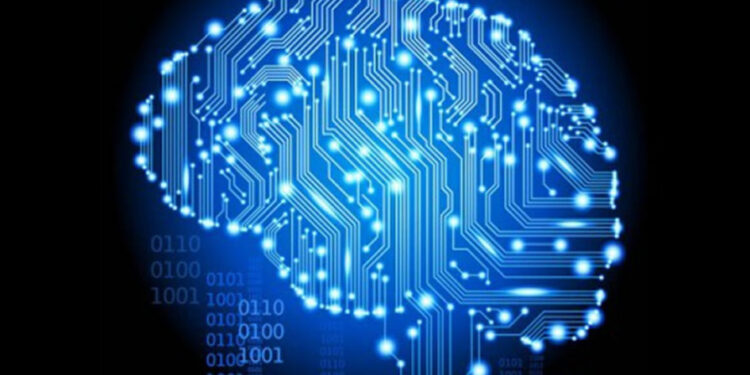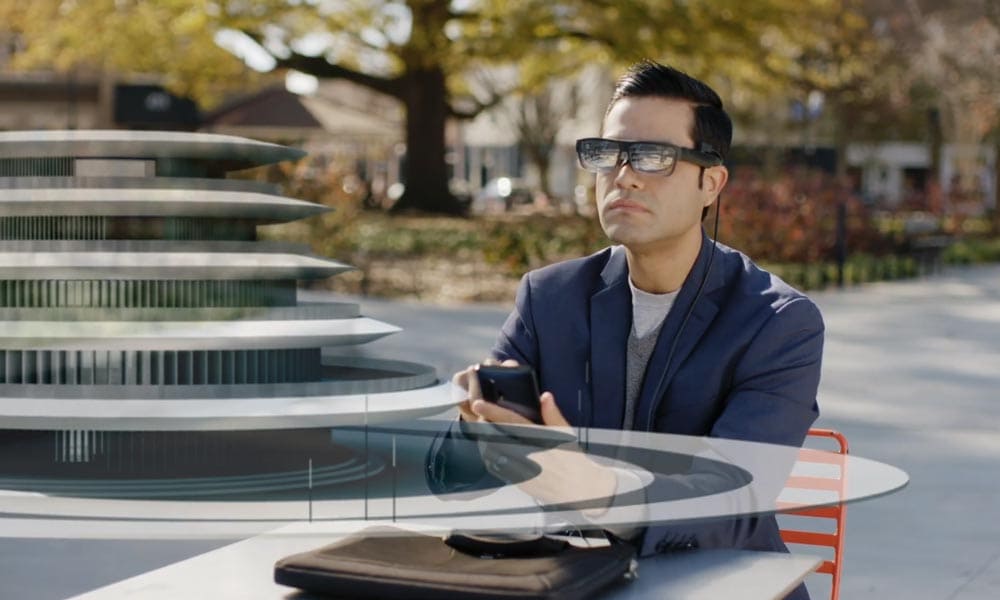The arrival of machine learning and neural networks together with more artificial intelligence techniques are producing unparalleled advances in products and services that are already in our hands.
For many years, artificial intelligence has been spoken of when in reality we could be referring to simple algorithms that, fulfilling the function for which they are written, seem to be responsible for a miracle that is not so much, they are “simply” mathematics. To this day, however, many of the services we use already employ computational models such as neural networks and machine learning that go far beyond the algorithm that years ago performed a similar function, but much more limited.
In that sense, one of the great exponents is Google, which through these new techniques has been able to incredibly improve the speech recognition that is present on the keyboard of our smartphone and in personal assistants such as Google Now or Assistant, to the point we see in the image.
Although at the moment Google only offers data that have to do with English, the language always presents the advances first, it is noteworthy that, in less than a year, the recognition error rate has dropped from 8.5% to 4.9%%, approaching by leaps and bounds to figures that will make the fact of talking with our smartphone almost as comfortable as with a person. Since 2012, the figure has fallen by more than 30%.
On the other hand, Google boasts of reaching and surpassing humans in object recognition in images. What is relevant is that the error 7 years ago was more than 30% by a figure close to 5% and that since last year it does it systematically better than us. This not only helps in quick search solutions in Google Photos and the like, but can be employed for various fields considering its indexing power.
Thus, we can imagine that by scanning the many classic photos that still exist without digitizing, many hitherto unknown secrets could be discovered without the need for human exercise.
Finally there is translation, where Google Translate is the absolute leader thanks to the fact that since 2016 it has implemented a neural network system that allows it to be closer than ever to the human, in a function such as translation that no longer depends on a perfectible sense such as sight, but is pure intelligence and requires so much effort in people that sessions are limited in time. It is slower than the rest of the improvements, but the results are impressive.









